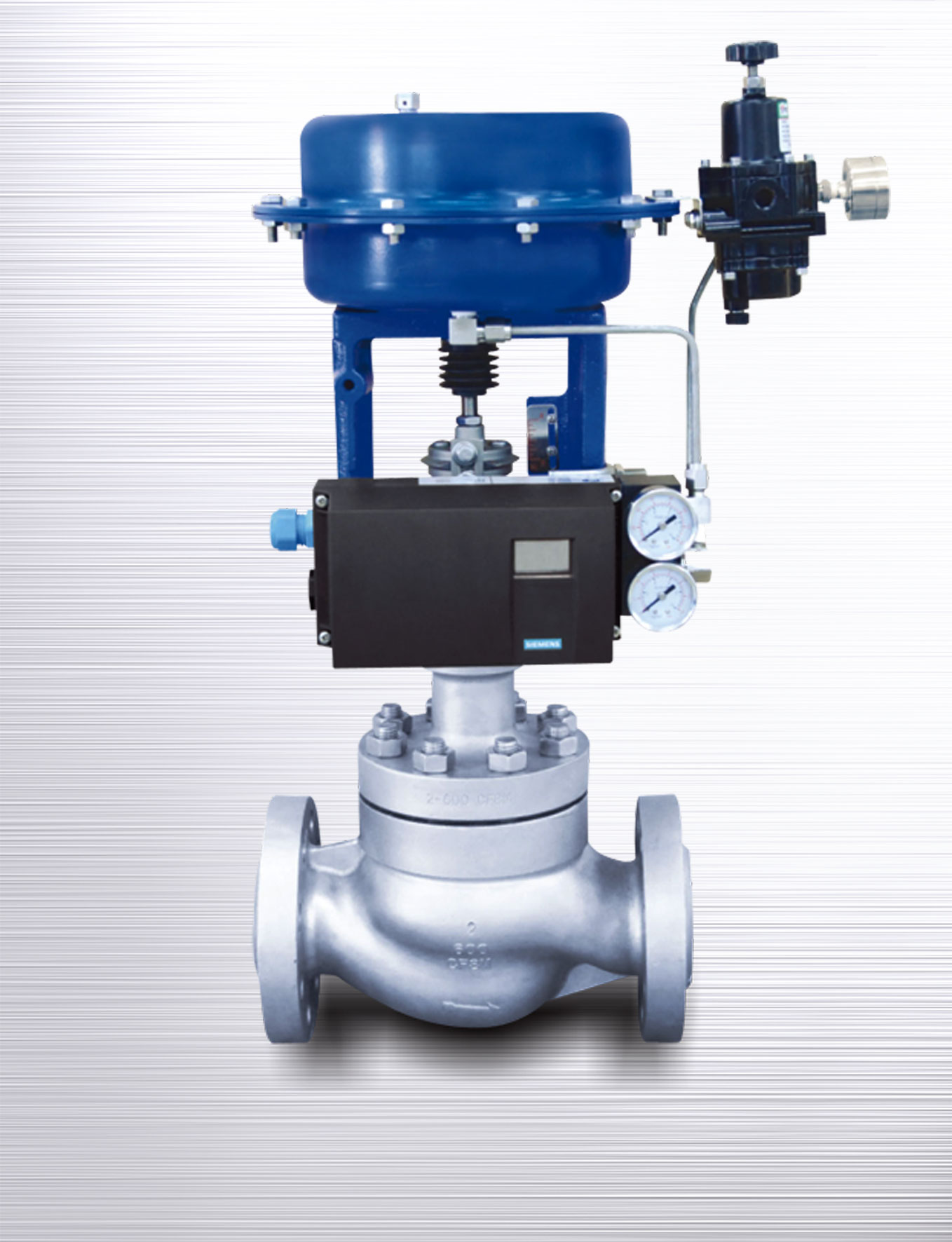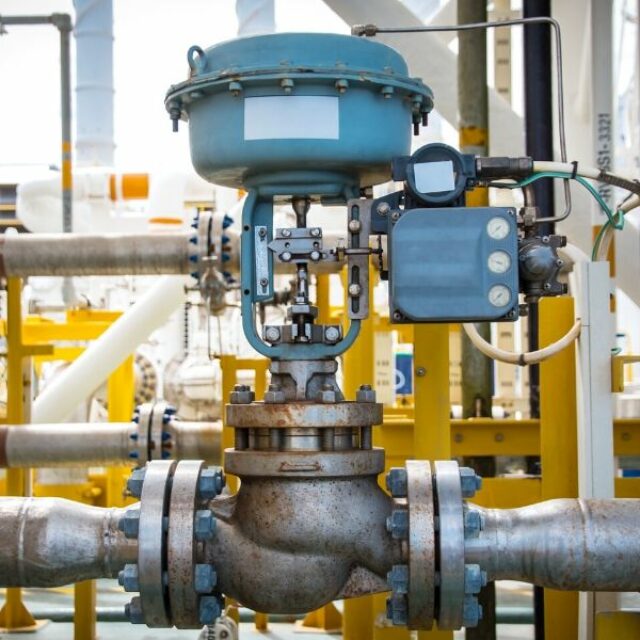Critical Elements to Think About When Choosing Control Valves
Critical Elements to Think About When Choosing Control Valves
Blog Article

Maximize Energy Cost Savings and Comfort With Advanced Building Automation Controls
In the realm of modern design and center management, the combination of sophisticated structure automation controls stands as a pivotal innovation. By utilizing the power of automation, structures can adjust, respond, and advance in ways that were when unimaginable.
Energy Effectiveness Benefits
Energy effectiveness advantages can substantially lower energy usage and functional costs in buildings. By carrying out energy-efficient techniques and technologies, building owners and operators can accomplish considerable financial savings while also adding to environmental sustainability. One of the main advantages of enhancing power performance in structures is the reduction of utility bills. Energy-efficient systems, such as advanced building automation controls, can enhance the usage of sources like air conditioning, heating, and illumination, bring about lower power expenses with time.
Additionally, enhanced power effectiveness can prolong the life-span of building equipment and systems. By running extra effectively, HVAC systems, light, and other building elements experience much less wear and tear, causing minimized maintenance and substitute costs. In addition, energy-efficient buildings typically command greater home worths and rental prices, providing lasting financial advantages to owners.
In addition, energy performance can improve occupant convenience and productivity. Appropriately regulated indoor settings with optimal lights and thermal problems create a more helpful and pleasant work area, leading to boosted employee contentment and performance. In general, the power performance benefits linked with sophisticated structure automation controls are complex, encompassing expense financial savings, ecological stewardship, and occupant well-being.
Improved Comfort Control
Enhancing convenience control in structure atmospheres calls for an innovative integration of advanced automation systems for optimal resident wellness. By using innovative structure automation controls, centers can customize the interior setting to meet the specific needs and choices of owners. These systems make it possible for precise regulation of lights, temperature level, and ventilation, developing a efficient and comfy ambience. Passenger satisfaction and performance are very closely connected to thermal convenience, making it vital to have systems in area that can adapt to changing problems in real-time.
Boosted comfort control exceeds basic temperature level adjustments. It consists of features such as tailored settings, tenancy sensing units, and all-natural light use to create a responsive and dynamic setting. By incorporating these sophisticated controls, structures can not only improve convenience yet likewise enhance power efficiency by enhancing system procedures based on actual tenancy and use patterns. Ultimately, prioritizing owner comfort with innovative automation systems brings about a more delightful and healthier indoor atmosphere.
Operational Efficiency Improvements

In addition, the execution of real-time monitoring and analytics devices enables structure operators to recognize energy ineffectiveness and operational abnormalities quickly. By continuously keeping track of power usage patterns and system efficiency metrics, adjustments can be made in real-time to optimize energy intake and make sure peak operational he has a good point effectiveness. control valves. In addition, integrating need reaction approaches into structure automation controls can further improve functional effectiveness by dynamically readjusting energy usage based upon grid conditions and prices signals
Indoor Environment Optimization
Efficient indoor environment optimization is a fundamental element of structure automation controls, making certain residents' convenience and well-being while maximizing power cost savings. By making use of sophisticated sensing units and controls, building automation systems can constantly adjust and keep track of temperature level, humidity degrees, air high quality, and air flow to develop an optimal interior setting. Keeping constant and comfortable conditions you could try these out not just improves owner fulfillment but also improves productivity and overall well-being.
Indoor climate optimization also plays a vital duty in power effectiveness. By fine-tuning air flow, home heating, and cooling systems based upon real-time information and tenancy patterns, constructing automation controls can dramatically lower power intake - control valves. Executing techniques such as demand-controlled ventilation and thermal zoning can aid decrease energy waste while guaranteeing that each location of the structure gets the required conditioning.

Lasting Atmosphere Creation
Building automation controls not only maximize indoor climate conditions for power performance and resident convenience however additionally lay the foundation for developing a sustainable setting with strategic administration of systems and sources. By incorporating sophisticated structure automation innovations, such as sensing units, actuators, and intelligent software program, facilities can keep an eye on and adjust energy use in real-time to minimize waste and minimize their carbon impact. These systems allow anticipating maintenance, determining possible issues before they rise and optimizing devices efficiency to improve long life and efficiency.
Additionally, sustainable atmosphere production prolongs beyond power management to incorporate water conservation, waste decrease, and indoor air quality enhancement. Structure automation controls can manage water use, find leakages, and guarantee appropriate garbage disposal techniques, adding to overall sustainability initiatives. Furthermore, by checking and regulating air flow and purification systems, these innovations enhance owner health and efficiency while lowering energy consumption connected with heating and cooling operations.
Verdict
Finally, advanced structure automation controls deal substantial advantages in regards to power cost savings, comfort control, operational performance, indoor climate optimization, and creating a lasting atmosphere. By applying these controls, structures can attain optimum efficiency while minimizing energy intake and boosting occupant convenience. It is obvious that making use of advanced automation modern technology is important in improving structure efficiency and creating an extra lasting future.
Power efficiency advantages can substantially decrease power usage and operational expenses in buildings. On the whole, the energy effectiveness advantages associated with innovative building automation controls are complex, including expense savings, ecological stewardship, and occupant wellness.
In addition, incorporating demand response methods right into structure automation controls can better enhance operational performance by dynamically readjusting power use based on grid conditions and pricing signals.
Building automation manages not just enhance interior climate problems for power performance and occupant comfort however likewise lay the foundation for producing a sustainable check that environment via critical management of sources and systems.In final thought, advanced structure automation manages deal significant benefits in terms of energy savings, convenience control, functional effectiveness, interior environment optimization, and producing a sustainable environment.
Report this page